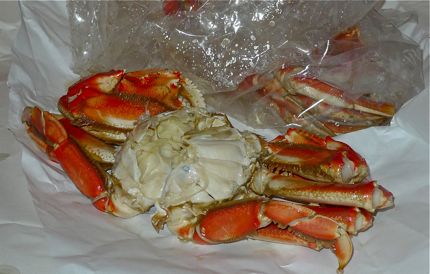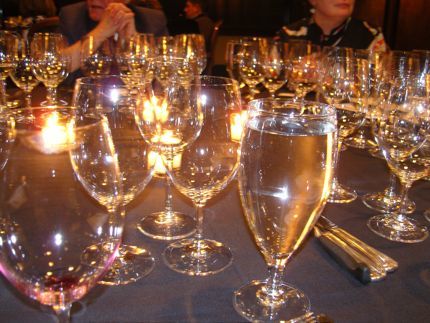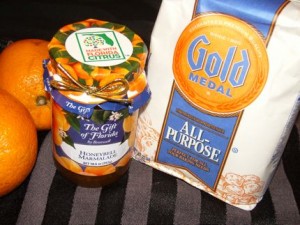Halibut Nuggets with Hazelnut Crumb Crust
March 31, 2013
Halibut Nuggets with Hazelnut Crumb Crust
Wine Varietal: Off-Dry Riesling
Serves 4
The arrival of fresh halibut, a.k.a. “hippo of the sea,” is one of the harbingers of spring in the Northwest. Luscious hazelnuts, a product of orchards in Washington state and Oregon, elevate chunks of the dense, lean, large-flaked finfish to new heights in this easy, yet elegant riff on traditional fish ‘n’ chips.
2 tablespoons Dijon mustard
2 tablespoons soy sauce
2 tablespoons butter, melted
1 tablespoon honey
1/4 cup Panko bread crumbs or unseasoned dry bread crumbs (See Cook’s Hints, below)
1/4 cup finely chopped hazelnuts
2 teaspoons minced cilantro, plus extra sprigs for garnish
1 1/2 pounds halibut fillets, skin and bones removed, rinsed, drained, patted dry, and cut into 16 pieces
Salt and freshly ground black pepper
3 cups cooked jasmine or basmati rice
1. Preheat the oven to 450°F. Lightly coat a baking sheet with oil or nonstick cooking spray. Set the baking sheet aside.
2. In a small mixing b owl, stir together the mustard, soy sauce, butter, and honey. In another small bowl, mix together the bread crumbs, hazelnuts, and the minced cilantro.
3. Lightly sprinkle the halibut pieces with salt and pepper. Dip the top of each halibut nugget in the honey-mustard mixture, allow the excess to drain off, then dip in the hazelnut-crumb mixture. Place the nuggets on the prepared baking sheet without crowding.
4. Bake the halibut nuggets for 8 to 12 minutes, or 10 minutes per inch of thickness. The fish should just turn opaque. To test for doneness, cut into the center of one nugget with the tip of a small, sharp knife and pull apart slightly.
5. To serve, mound the rice in the center of individual plates. Place the nuggets in a symmetrical pattern around the rice mounds and garnish with the cilantro sprigs.
Cook’s Hints: To make unseasoned dry bread crumbs, place a layer of white or whole-wheat bread slices on a baking sheet and bake at 300°F for 10 to 15 minutes, or until the bread turns light brown and dries completely. Allow the bread to cool, then place it in a food processor or blender and process until you have the desired texture. Panko bread crumbs are a lightly colored, coarsely textured crumb used in Japanese cooking to coat fried foods. They are available in Asian markets and in the Asian section of most grocery stores.
Recipe reprinted with permission from the “Pike Place Public Market Seafood Cookbook,” gift edition and e-edition, by Braiden Rex-Johnson, copyright 2005 and 2012. Published by Ten Speed Press, a division of Random House, Inc.





